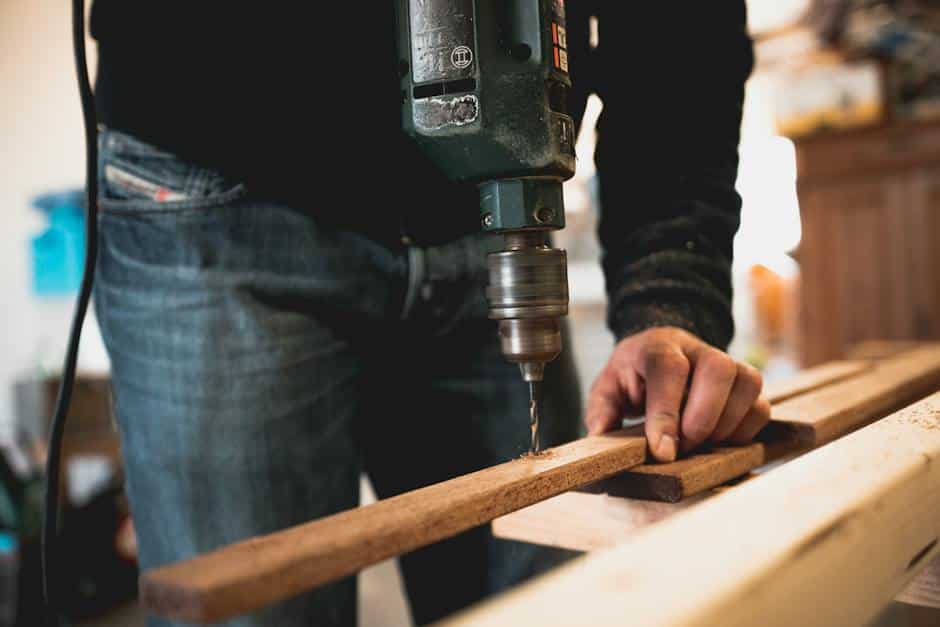Techniques for Avoiding Wires in Studs with a Wired Drill
When it comes to drilling into walls, one of the biggest concerns is avoiding electrical wires that may be hidden within the studs. Hitting a wire while drilling can not only cause damage to the wiring itself but also pose a serious safety hazard. However, with the right techniques and precautions, it is possible to safely drill into studs without hitting any wires. In this article, we will explore various methods and steps to avoid wires in studs when using a wired drill.
1. Turn Off the Electricity
Before you even start drilling, it is essential to turn off the electricity at the circuit breaker. This precautionary measure ensures that there is no live electrical current running through the wires you may encounter while drilling. Remember, safety should always be the top priority.
2. Use an Electrical Stud Finder
An electrical stud finder is a handy tool that can help you locate any wires in the wall before you start drilling. By scanning the wall, the stud finder can detect both metal wiring and wooden studs. This step is crucial in identifying the potential areas where wires are present, allowing you to avoid them while drilling.
3. Mark the Wiring Locations
Once the stud finder detects the presence of wiring, it is important to mark the spots on the wall where the wires are located. This can be done using a pencil or any other easily visible marking tool. By clearly marking these areas, you can ensure that you do not accidentally drill into them.
4. Drill at an Angle Away from the Wires
When it’s time to start drilling, it is crucial to choose the right angle. By drilling at an angle that is away from the marked spots where the wiring is located, you can significantly minimize the risk of hitting the wires. This technique allows you to create a hole in the stud without coming into contact with any electrical wires.
5. Drill Slowly and Steadily
While drilling, it is important to maintain a slow and steady pace. Sudden movements or excessive force can cause the drill bit to slip, potentially leading to accidental contact with the wires. By drilling slowly and steadily, you can maintain better control over the drill, reducing the chances of any mishaps.
By following these techniques, you can ensure a safer drilling experience and avoid damaging electrical wires within the studs. However, it is important to note that these methods are not foolproof, and there is always a risk of hitting a wire despite taking precautions. Therefore, it is crucial to exercise caution and double-check all safety measures before drilling into walls.
Conclusion
Drilling into studs without hitting wires is a common concern for DIY enthusiasts and professionals alike. By turning off the electricity, using an electrical stud finder, marking the wiring locations, drilling at an angle away from the wires, and drilling slowly and steadily, you can significantly minimize the risk of damaging electrical wires when using a wired drill. However, it is important to remember that accidents can still happen, and it is crucial to prioritize safety at all times.
Related Websites:
FAQs:
Q: Why is it important to use wired drills when working with studs?
Using wired drills ensures consistent power supply and reliable performance, allowing for efficient drilling into studs without the hassle of changing batteries or experiencing power loss.
Q: What are the techniques for avoiding wires in studs with a wired drill?
To avoid wires in studs while using a wired drill, you can take precautions such as drilling pilot holes, using a slow and steady drilling technique, and utilizing magnetic stud finders to detect hidden wires.
Q: How can I identify electrical wiring in walls?
You can identify electrical wiring in walls by recognizing signs such as electrical boxes and outlets as potential indicators. Additionally, learning to identify common signs of electrical wiring, such as cable markings or conduit, can help you avoid drilling into them.
Q: What safety measures should I take when working with wired drills and studs?
When working with wired drills and studs, it is important to wear protective gear, such as safety glasses and gloves. Additionally, being aware of potential hazards, like electrical shocks, and taking necessary precautions, such as turning off electricity before drilling, can help ensure safety.
Q: Are there alternative tools and methods to avoid wires when working with studs?
Yes, there are alternative tools and methods to avoid wires when working with studs. You can use specialized wire-detection devices that can help identify hidden wiring. Additionally, for complex projects, seeking professional assistance is recommended. Another option is exploring wireless drilling options for added convenience and to eliminate the risk of drilling into wires.





